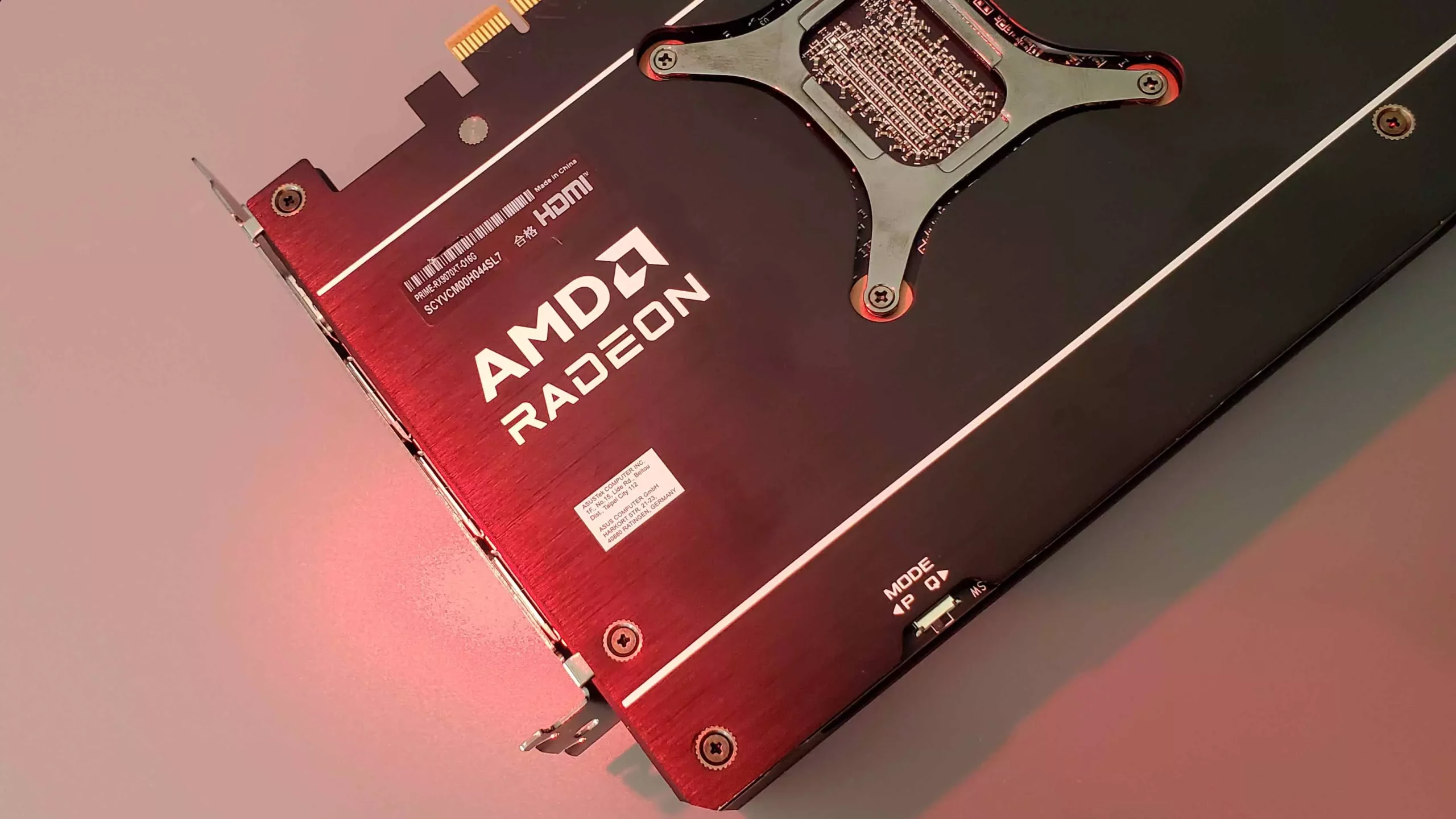AMD has achieved a remarkable milestone with its recent Q2 financial report, revealing a soaring 73% increase in gaming revenue compared to the same period last year. This growth signals a significant shift in the gaming hardware landscape, driven largely by the impressive performance of the RX 9000 series graphics cards. It’s evident that AMD’s strategic focus on high-performance GPUs is paying off, as gamers and system builders increasingly recognize Radeon’s value and capabilities.
What makes this surge particularly intriguing is the palpable demand for Radeon graphics cards that far exceeds supply, a situation confirmed by AMD’s CEO, Dr. Lisa Su. She described demand as “very strong” and “outpaced supply,” a clear sign of AMD’s upward trajectory. However, this also hints at a looming challenge—availability issues and inflated prices that hinder broader consumer access. For many consumers, snagging an RX 9070 XT at MSRP remains a distant dream, as market forces push prices well above suggested retail, turning these powerful GPUs into sought-after collectibles rather than accessible components.
This scarcity underscores a critical tension between AMD’s innovative offerings and the supply chain constraints that persist across the industry. Nonetheless, AMD’s focus on this high-end market segment demonstrates confidence in their technology, even if it limits mainstream accessibility. Gamers who value performance over price are increasingly compelled to pay a premium, and system manufacturers are keen to capitalize on this demand, integrating Radeon cards into pre-built PCs and gaming laptops.
Market Dynamics and Strategic Positioning
Despite the impressive hardware sales, a significant portion of AMD’s gaming revenue stems not solely from discrete Radeon GPUs but also from its entrenched presence within gaming consoles. The ongoing partnership with Sony and Microsoft ensures a steady revenue stream from custom AMD processors powering the PlayStation 5, Xbox Series X, and S series consoles. Even as console sales slow or plateau, AMD benefits from R&D payments and ongoing contractual agreements, ensuring a diversified approach to revenue generation.
This strategic duality—in console and PC markets—gives AMD an advantage that Nvidia, heavily reliant on discrete GPU sales, cannot match as easily. AMD’s broader ecosystem integration allows them to capitalize on both high-end gaming PCs and console hardware, fostering a resilient business model that adapts to market shifts. Interestingly, the collaboration with Sony on FSR 4, AMD’s AI-driven upscaling technology, hints at a future where upscaling and frame generation will become standard in next-generation gaming experiences across platforms, further cementing AMD’s position in the industry.
However, AMD must confront challenges relating to supply chain inefficiencies and pricing strategies. While they have managed to produce standout products, the scarcity of current-generation GPUs limits consumer access, potentially ceding market share to competitors or secondary markets where prices are inflated. To sustain growth, AMD needs to balance innovation with operational efficiency and perhaps reconsider its pricing frameworks to broaden accessibility.
Looking Ahead: A Fusion of Innovation and Market Savvy
The future of AMD’s Radeon lineup hinges on a delicate balancing act—maintaining technological leadership while ensuring products reach eager gamers at reasonable prices. The partnership with Sony to develop FSR 4, leveraging AI to enhance gaming visuals and performance, exemplifies AMD’s commitment to innovation. As these advancements trickle down into mainstream hardware and integrated solutions for laptops and handheld devices, AMD’s influence will extend deeper into the fabric of gaming.
Yet, the core issue remains: supply chain bottlenecks and high prices threaten to stifle the widespread adoption of AMD’s most exciting products. The company must prioritize overcoming these hurdles if it wishes to capitalize fully on its technological breakthroughs. Lowering prices, increasing availability, and expanding the lineup with more entry-level options will be crucial steps toward democratizing high-quality Radeon gaming.
While AMD’s current success reflects a company on an upward trajectory, it also highlights the importance of strategic agility. The industry is in flux, and AMD’s ability to adapt swiftly—balancing innovation, production capability, and market needs—will determine whether it can truly reshape the gaming hardware landscape for the better.

